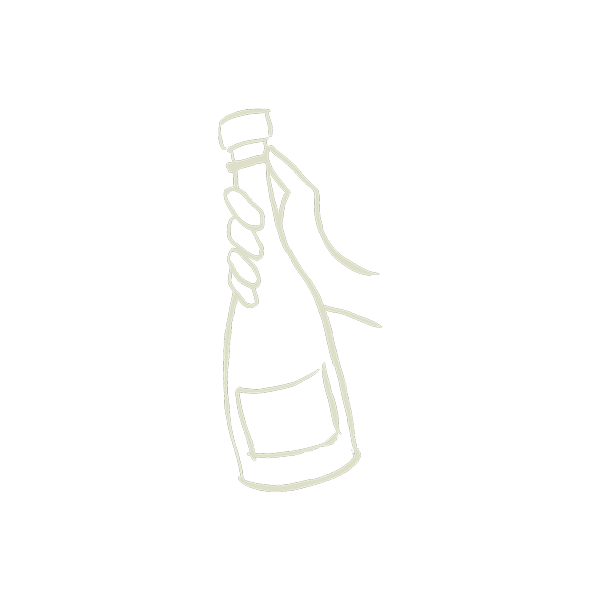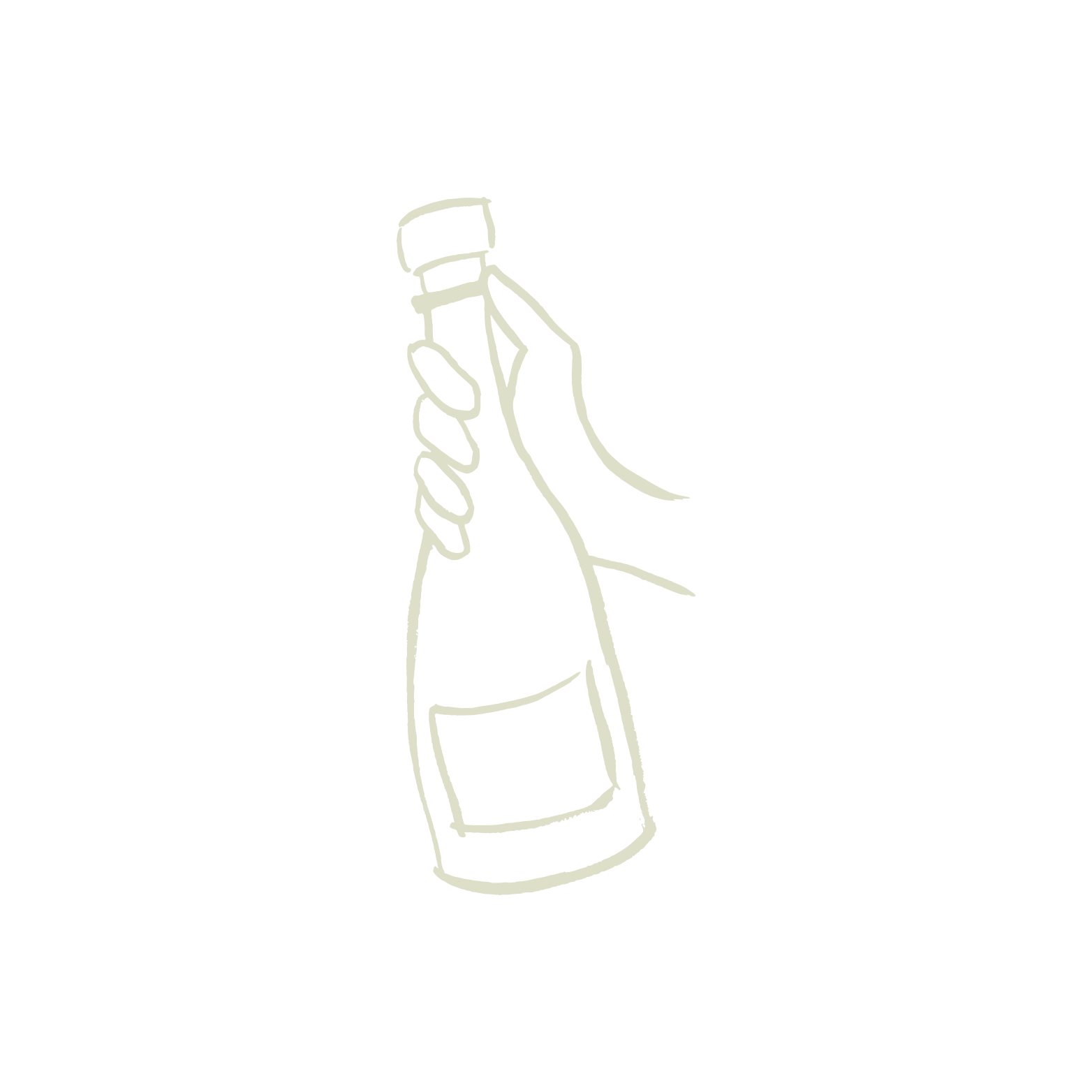Transport Yourself to Champagne
Pour yourself a glass of bubbles, sit back and relax as we take you on a fanciful journey to Champagne, France …
As far as the eye can see, big, rolling hills punctuate the scenery like sleeping giants. Look in any direction, and you will see hectares upon hectares of grape vines, perfectly manicured into rows that flank the hillsides, blanket the valleys and cap the tip of every peak.
Pause for a moment, and you will notice the lush, dark earth between the vines. There are horses pulling ploughs and people, vignerons and their families, heads bobbing and backs bent low as they prune, pick and tend to the vines. Listen closely, and you may even hear the low rumble of a tractor somewhere far off in the distance.
Driving up the slope of the valley and over the viaduct, you will cross over a stream that empties into the Canal de l'Aisne à la Marne at Vaudemange. As you weave along the small, black-paved roads, you’ll pass a big, wooden sign for Trépail, a chardonnay-dominated Premier Cru village in the Montagne de Reims subregion of France. Then, it finally hits you. You’re in Champagne!
The historical province of Champagne, home to 34,000 hectares of vineyards, sits about 100 miles northeast of Paris in an area smaller than the size of New York City. Narrow, dusty roads weave through 319 small, quiet villages, linking one patchwork of greenery to the next.
It’s a breathtaking sight, but you’ll discover the true beauty of Champagne when you take a moment to examine its characteristics that are harder to see.

The Soil
Champagne’s unique soil is as nuanced and varied as the wines produced here. Subsoils rich with limestone and chalk are perfectly suited for the three major grapes that are used to produce Champagne: chardonnay, pinot noir and pinot meunier.
Remnants of marine microorganisms, left behind by ancient oceans, enrich the dense soil, imparting an unmistakable mineral flavor to the grapes. The water-retentive properties of chalk are excellent for drainage and function as a reservoir that feeds the vines slowly and steadily even during the hot, dry spells that have become increasingly common as the earth continues to warm.
The Climate
Northern latitude and the impact of a dual climate make Champagne a complex and rewarding environment for growing grapes. But it is not without its challenges. As one of the northernmost wine regions in Europe, Champagne has an average annual temperature of about 51 F. Though they offer optimal growing conditions while they last, typically cool, sunny summers and mild winters can easily give way to colder temperatures, devastating frosts and other harsh weather conditions that cause the vines to struggle. And while an oceanic influence over the region keeps seasonal temperatures uniformly low, it also brings steady yet moderate rainfall, which can create the right atmosphere for rot and disease.
The Subregions
Champagne’s viticultural boundaries comprise four distinct subregions, each with its own personality and unique combination of soil, climate and topography. Those factors determine which subregions are best suited for growing a particular variety of grape.
Montagne de Reims
The northernmost subregion lies in a U-shape, like a sleeping cat on its side. From the city of Reims, it curves east and south towards Épernay. Mostly chalk with striations of loam, silt, sand and clay, the soil here is some of the most varied and diverse in Champagne, making Montagne de Reims a mecca for all three major grape varieties.
Seven out of the 19 Grand Cru Villages reside in Montagne de Reims, and pinot noir is the star of many of them. In fact, the dark grape variety accounts for 40 percent of the plantings in this area. There are, however, several villages that are known for their chardonnay.
Vallée de la Marne
Due south and east of Montagne de Reims, this subregion follows the Marne river west of Épernay toward Paris. Dominated by silty sand and clay, Vallée de la Marne’s soil is well-suited to late-budding and early-ripening pinot meunier. The variety grows best in this frost-prone area along the river and accounts for about 62 percent of plantings in the subregion.
Côte des Blancs
French for “the white coast,” this southeast-facing slope with four Grand Cru villages features the most chalk-dense soil in Champagne. The chalky, limestone-rich earth is best for producing bright, mineral, acidic chardonnay. Some of the most sought-after fruit in Champagne, chardonnay accounts for about 82 percent of plantings in the subregion.
Aube
Aube, located south and southeast of the Côte des Blancs, is the southernmost subregion of Champagne. On a map, it actually appears closer to Chablis and Burgundy than it does to the rest of Champagne. Due to its southern location, Aube is the warmest subregion with soil made up of mainly marl and Kimmeridgian limestone bedrock. This combination is perfect for growing the pinot noir grape that accounts for 87 percent of plantings in this subregion.

Au revoir, but just for now.
As you can see, incredible Champagne has as much to do with the land, climate and geography as it does the skill and technique of the vignerons who tend the vines. It’s a delicate balance that is well worth the effort, n’est-ce pas? We hope you enjoyed discovering more about what makes this region so magical and so perfect for producing our favorite bubbly drink. Visit again soon!




